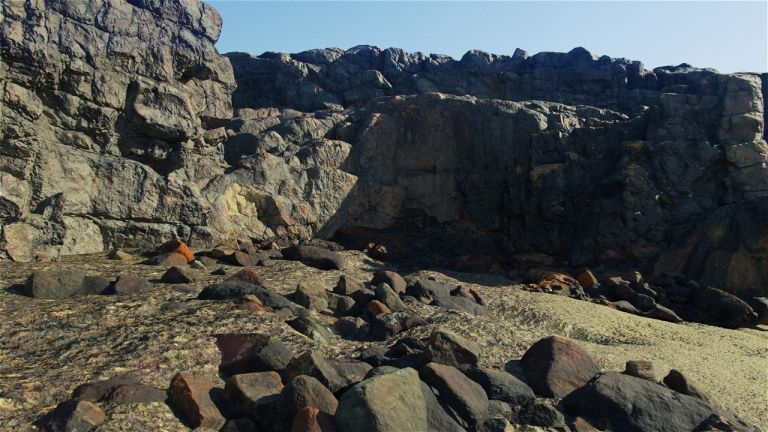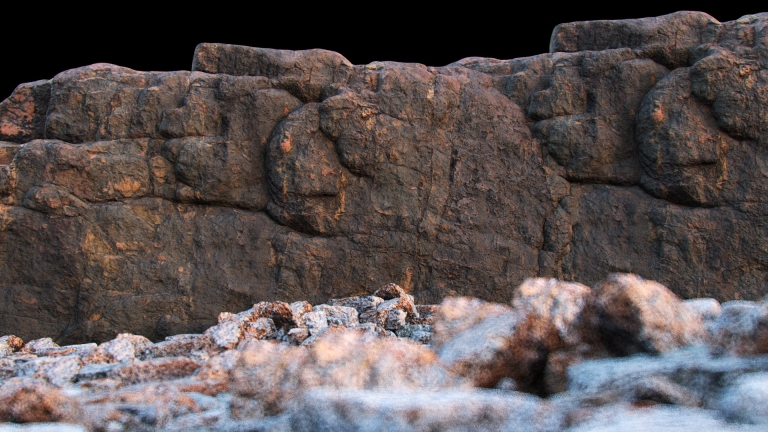

I am exploring Autodesk Maya’s Bifrost and how to render it with Redshift, so I put up a little test scene. All settings are at their default except for the sun light which have volume contribution set to 1 in order to be able to render water foam.
None of these images took longer than one minute to render in full hd (between 40 and 50 seconds) and they look pretty great with the settings right out of the box. Redshift is absolutely awesome to work with in animation since you can preview the animation with an astonishing ease.
I’ve been rendering some video previews on the water sim and I managed to render cameras with 400 to 500 frames in 720p on a single GTX1080 over one night. This is the first time ever I am able to preview an entire animation before rendering the final production shots which is completely awesome.
It is pretty impressive how fast Redshift renders effects like SSS. I used to render these effects with Corona and even though it is fast to be an “unbiased” CPU renderer, it can take quite a lot of time to get clean results, specially if you have a scene with a lot of diffuse lighting bounces. That seems to be no problem to Redshift.
I can work with the scene in the video with the IPR with absolutely no lag. Material tweaks update really fast, I only need to wait a couple of seconds when I move the camera around because ground textures have displacement on, if it is turned off it almost updates on the fly.
Video is still a wip, learning new stuff. Will post the final version if I ever get to finish it 😉
Awesome work, Redshift is really impressive isn’t it? Can I ask how you rendered the foam? Did you bifrost mesh the foam and then apply a material to the mesh? If so what does the shader look like?
Hi, thank you for your comment. The foam was rendered through a vdb volume and then rendered in redshift with a vdb volume and a redshift volume shader. You have to install open vdb into Maya. Then write to disk the frames in vdb format through the node editor a you a ready to go.